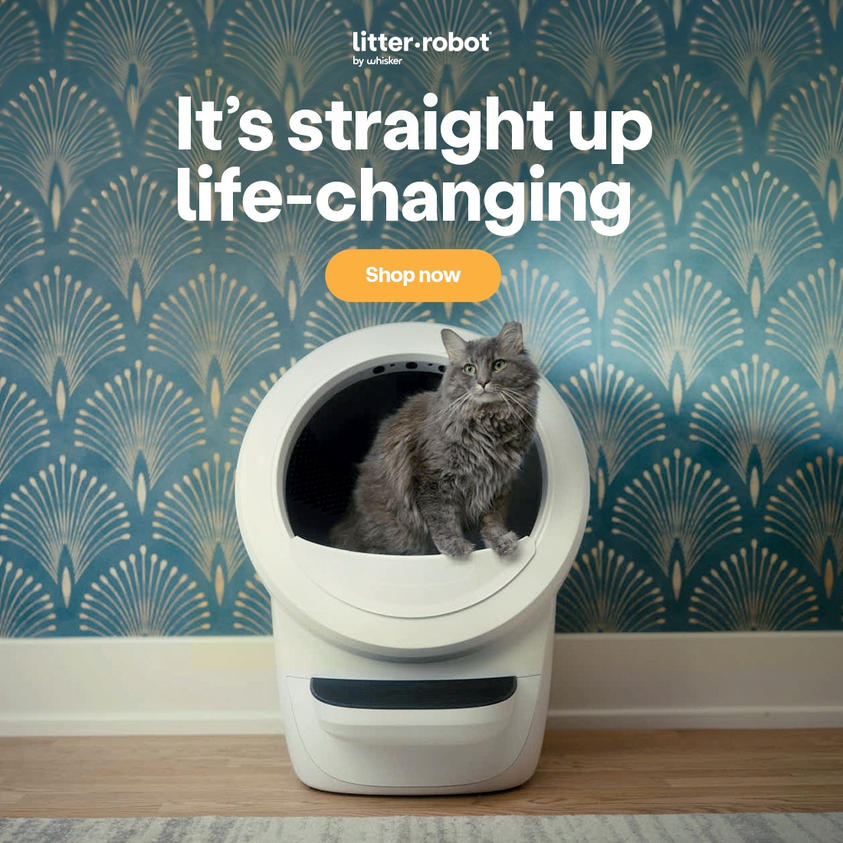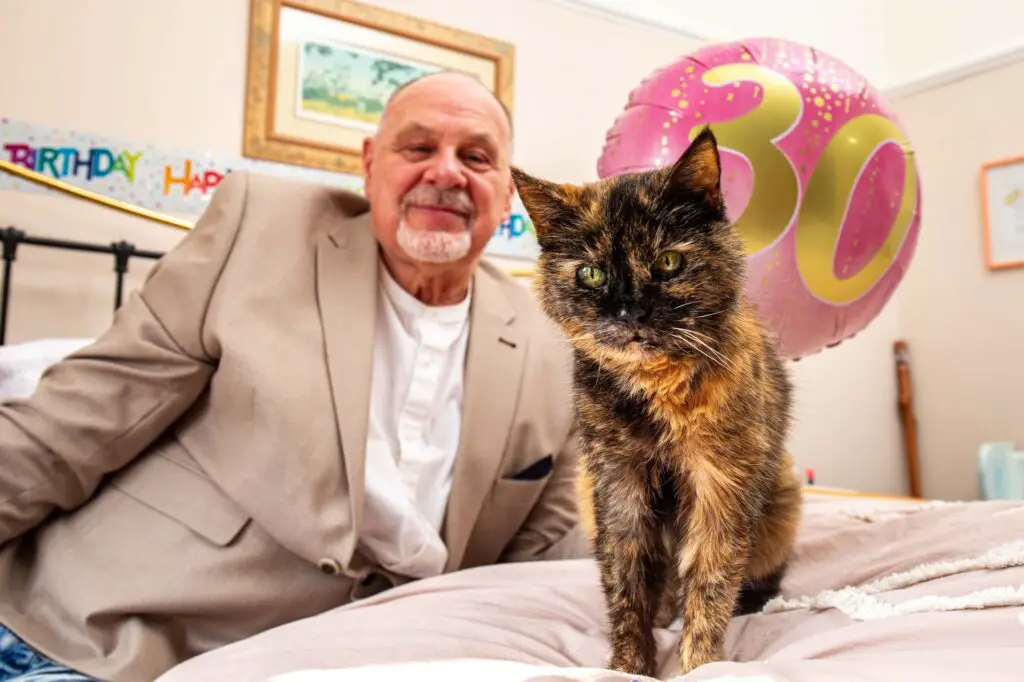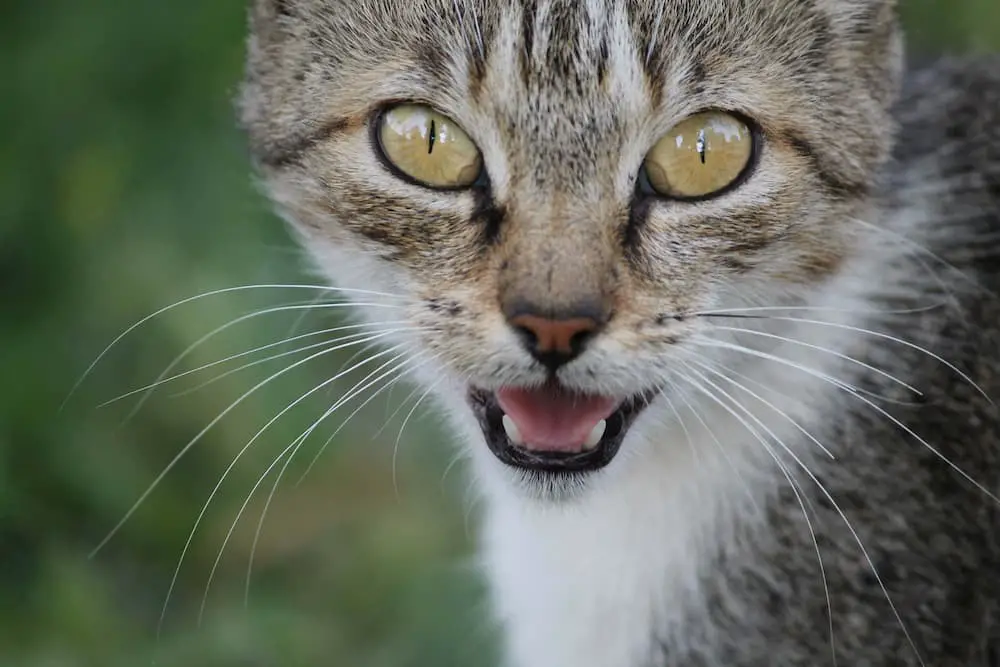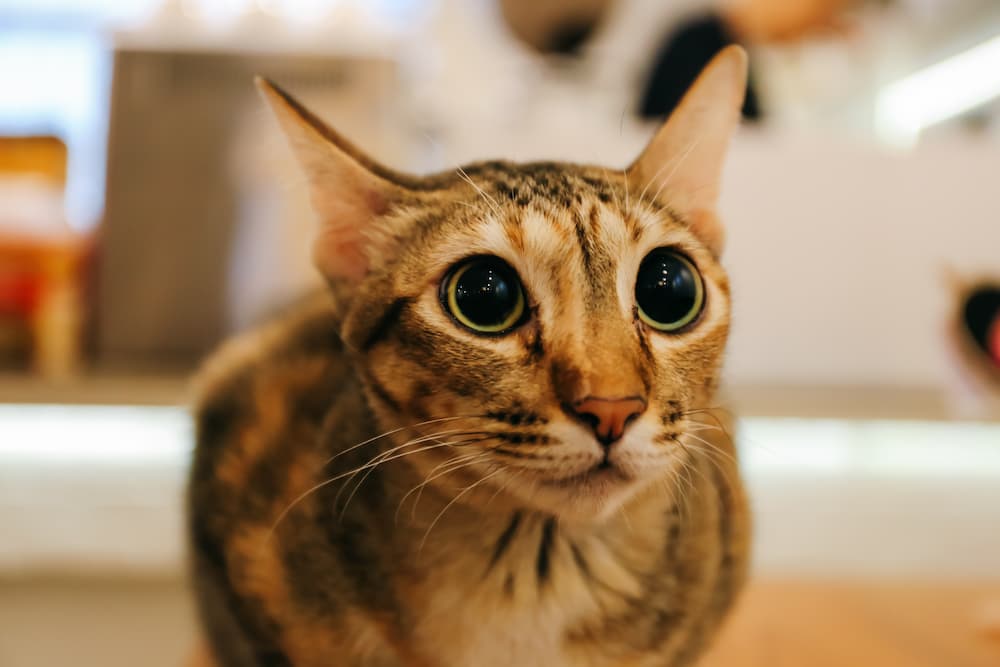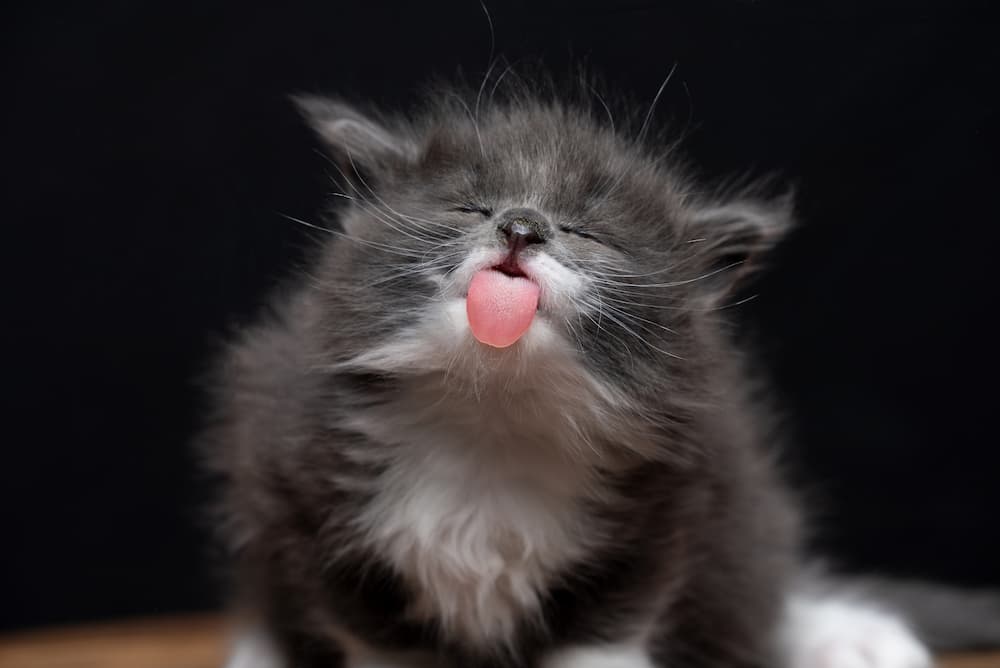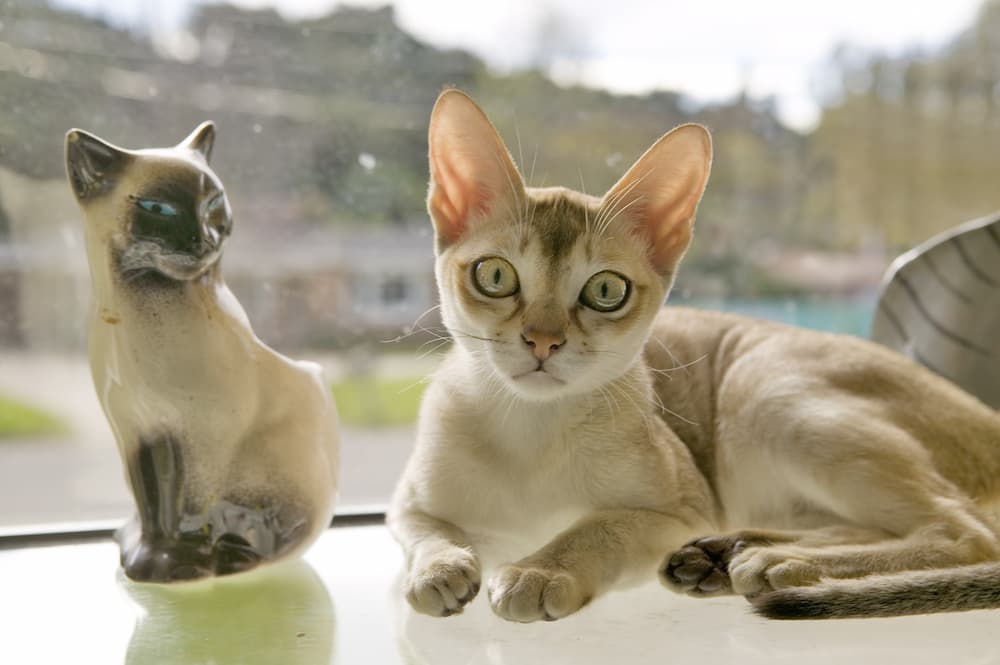It’s important to do everything to keep your cat safe and secure at home. Many potential hazards around your living space can injure your feline friend, so you must be vigilant. Consider these tips and modifications for creating a safe haven for indoor and outdoor cats that will allow them to live a good life day after day.
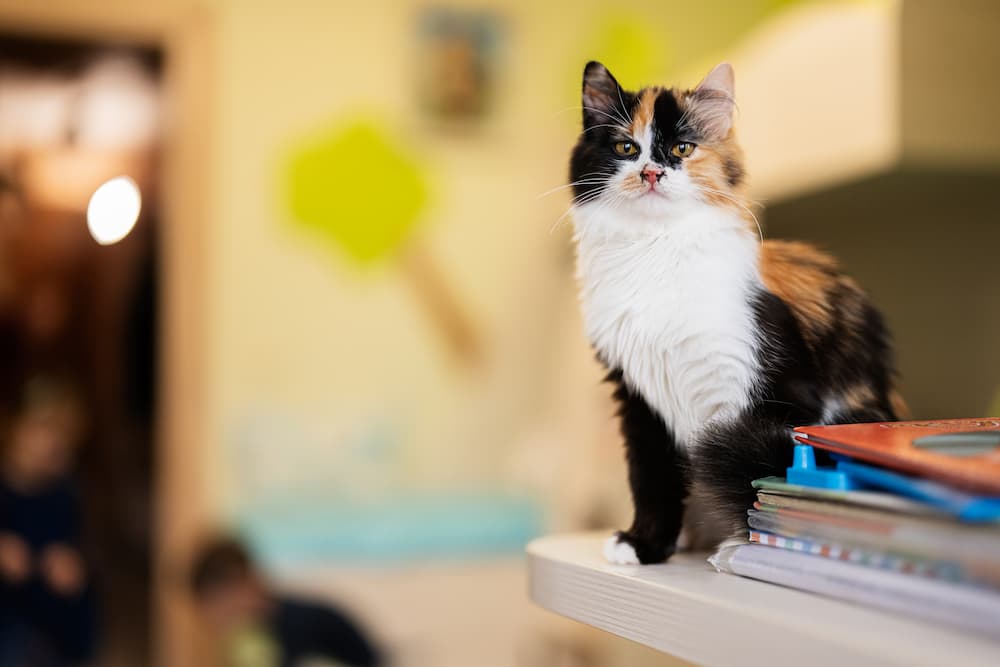
Address Safety Concerns That Are Bad For You And Your Cat
While you and your cats are different in many ways, you can be hurt by similar threats in the home, so addressing
For starters, a cord on the floor can be a tripping hazard for you, and it can also be dangerous for your cat. Consider removing access to cords by keeping them wound up and hung above the floor to eliminate the issue. Another idea is to wrap the cords in PVC tubing or rubber covers. Make sure that there aren’t any frayed wires that can cause electric shock.
Another threat that we don’t often think about is poor air quality. Indoor air pollution can result from smoking, cooking fumes, the frequent use of household chemicals, and numerous other sources. It can make breathing hard for your cat, especially if they already suffer from a respiratory disease like feline asthma. So, be cautious of using chemicals, never smoke, and ventilate the house well.
The existence of carbon monoxide in the home is also dangerous for you and your pets. Have smoke and carbon monoxide detectors installed in every room, and if one is already there, ensure the battery is good and operational. Put a carbon monoxide detector within three meters of every bedroom door. Carbon monoxide is an invisible gas; you need every protection necessary to keep yourself and your cat safe.
Eliminate Hazardous Household Objects
Carbon monoxide is just one form of poison that can cause your cat to fall ill. Inspect every inch of your house. Look for common culprits, from pest control substances to tea tree oil in your cabinets. Keep everything out of reach.
Many plants can also be poisonous to cats, so beware if you have them growing inside or outdoors. Even the most beautiful plants can be dangerous. For instance, every part of an azalea is toxic to cats and can cause heart arrhythmias, tremors, and more. Lilies are another plant that can poison your cat and even lead to death, so it is best not to bring these plants into the house.
Each poison may cause unique symptoms, so be aware of the signs that your cat may be ill. They can be anything from coughing, sneezing, and difficulty breathing to vomiting, dehydration, and jaundice. If you believe your cat is in trouble, immediately bring them to the vet.
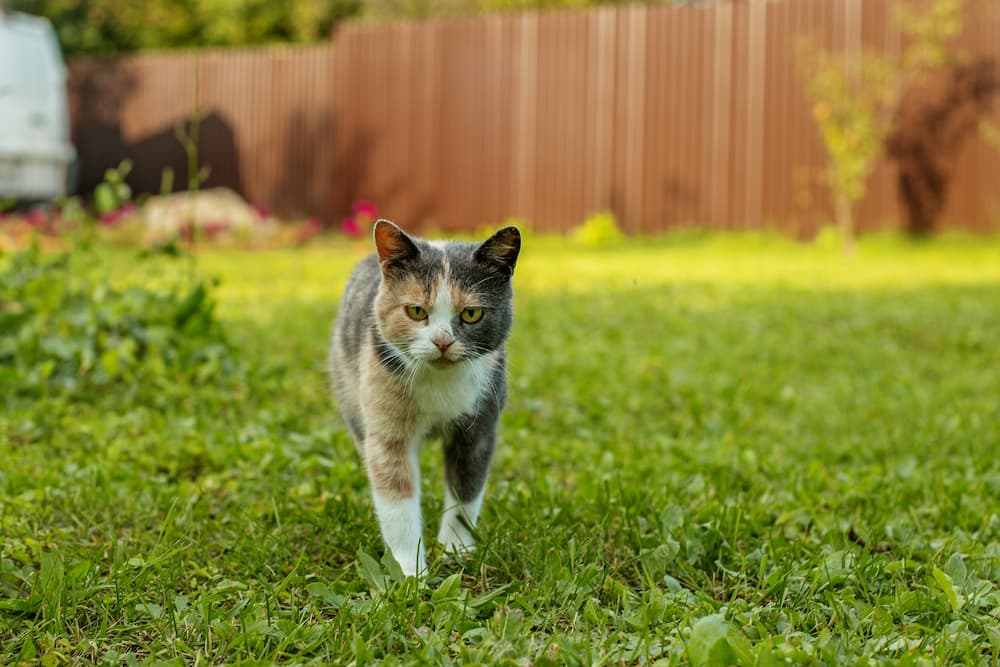
Don’t Forget The Outdoors
When implementing your cat-friendly modifications, don’t forget to make the proper adjustments outside as well. Regardless of whether your cat ventures outdoors occasionally or spends most of its time roaming around the backyard, you must be cautious. Outdoor cats often have finely honed instincts, but they can still use your help.
If you live in a housing community with a homeowners association, verify that you’re following the rules. For instance, many owners keep their outdoor cats safe and entertained by building an enclosure in the backyard where the cats can roam and play freely. However, many HOAs will require that you get a permit or build the enclosure within specific guidelines. There are ways to make things easier with your HOA, such as building positive relationships with the board members or joining a committee. Also, follow all other HOA rules in your neighborhood so you don’t put a target on your back.
When building an enclosure, clear out any potentially poisonous plants and ensure there aren’t any holes that can allow your cat to escape and get lost.
Finally, if you let your cat out via a pet door, consider getting one you can lock at night to keep out human intruders or keep your pet inside. There are many options to choose from, and they can give you peace of mind. If you don’t want your cat to get outside at all, keep your doors closed at all times and put cat-proof screen protectors on the windows so they can’t break through.
Conclusion
Vigilance is necessary to provide the safest haven possible for your cat. Consider these steps and make all other appropriate adjustments, and your kitty can live a long and happy life.
About the Author: Katie Brenneman

Katie Brenneman is a passionate writer specializing in lifestyle, mental health, and animal-related content. When she isn’t writing, you can find her with her nose buried in a book or snuggling with her cat, Clementine. To connect with Katie, you can follow her on Twitter.
___
The Catington Post is reader-supported. That means, if you make a purchase through links on our site, we may earn an affiliate commission. All images and names which are not the property of The Catington Post are the property of their respective owners.